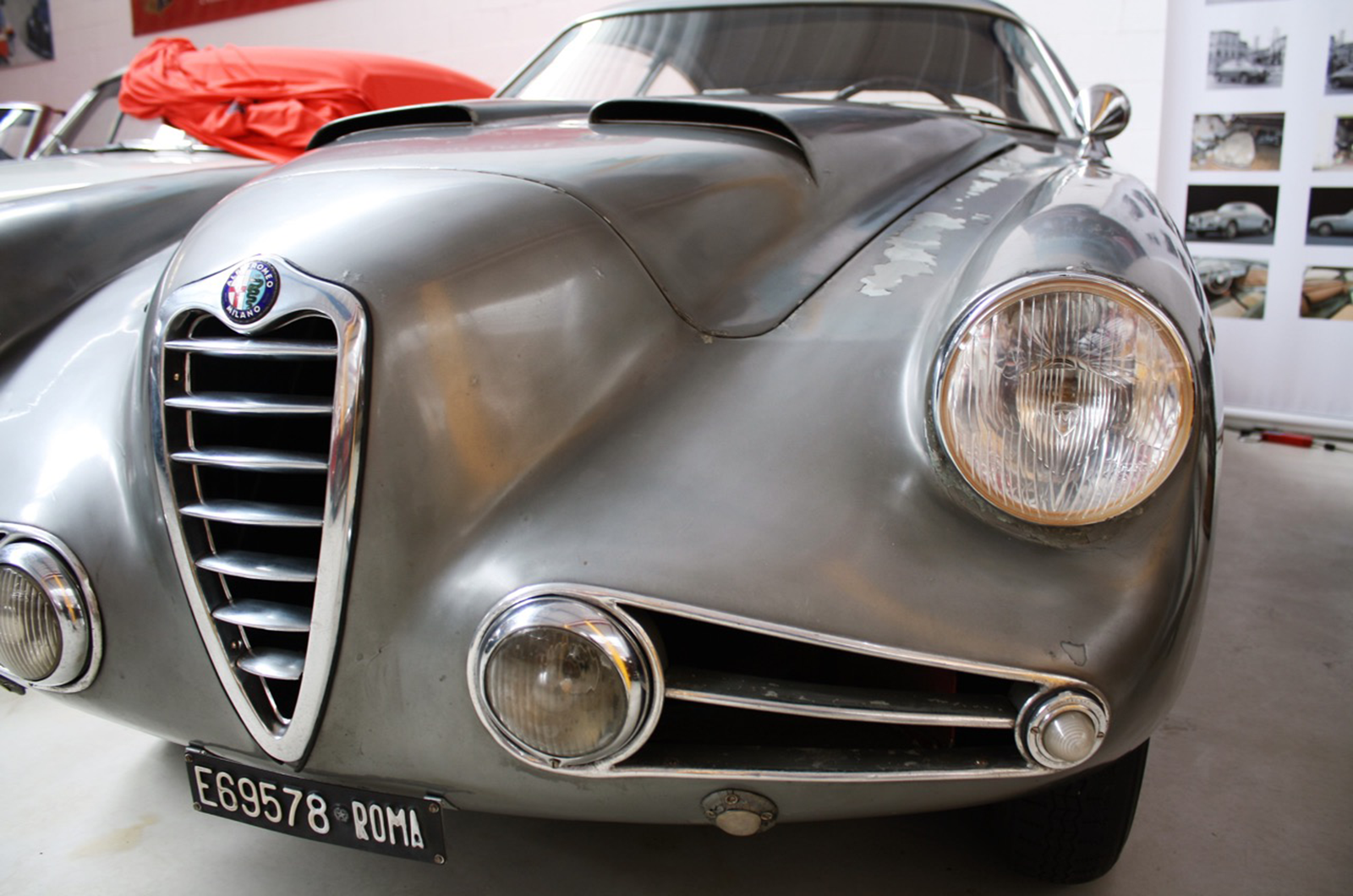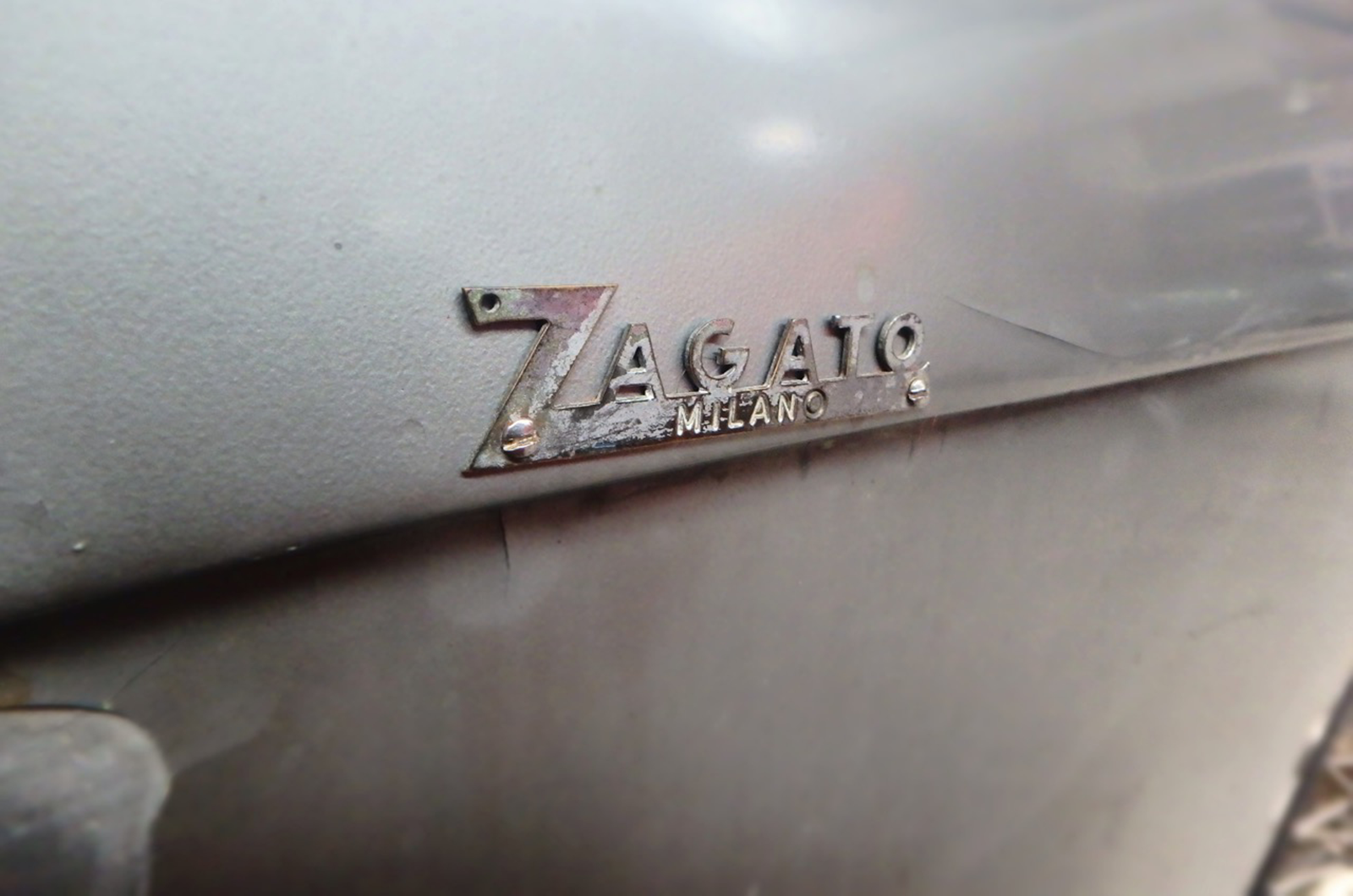
To various degrees, I’ve been tinkering with classic cars for nearly 30 years. Some have been subjected to full heart-and-soul restorations and others just the odd patch-weld and brake-pad fix to get them through an MoT and driving again.
As you may know if you read Hagerty’s monthly Shift Happens column, I’m now involved in the process of bringing my Porsche 912 back on the road, somewhere it hasn’t been in a long while.
A few weeks ago, it struck me that my approach to restoring cars has changed dramatically over the years. In the early days, my ‘classic’ (a 1971 Alfa Kammtail Spider) was also my daily driver.
In those days it just needed to work; at one point I holed a piston thanks to the wrong spark plugs and a pair of badly set-up carbs. I had an entire spare Spider on my dad’s drive which I had bought for £50, which had an OK engine in it.
I had no money and so, full of the optimism of youth, decided to pull both heads, clean the water jacket, then drop an entire piston and liner from the donor engine into mine. Somehow it worked, and then kept working for years.

Later, with a bit more money in the bank and a little more time, I restored various other cars. Looking back, the effort I put into these rebuilds was astounding, trying to make the cars as good as they could possibly be.



